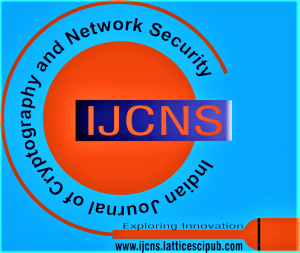AIM
The Indian Journal of Cryptography and Network Security (IJCNS) is a comprehensive platform that brings together cutting-edge research, industry best practices, and groundbreaking ideas in Cryptography and Network Security. The IJCNS is committed to publishing top-quality, peer-reviewed articles that encompass a wide array of topics in an accessible manner. The research featured in the Indian Journal of Cryptography and Network Security (IJCNS) holds significant practical relevance for project, program, and portfolio managers, underlining the importance of acknowledging its theoretical and managerial implications. The IJCNS fosters outstanding contributions that advance theoretical knowledge and offer practical applications while prioritizing academic rigour and real-world relevance.
SCOPE
The Indian Journal of Cryptography and Network Security (IJCNS) is a thorough and wide-ranging publication that explores a diverse range of topics within the Cryptography and Network Security field. The IJCNS encompasses various aspects, including, but not limited to:
- Cryptographic Algorithms
- Network Protocols
- Secure Communication Systems
- Digital Signatures
- Security Algorithms
- Network Defence Mechanisms
- Encryption Algorithms
- Blockchain Technology
- Information Security
- Digital Forensics
- Secure Data Storage Methods
- Security Management
- Privacy Management
- Key Management
- Trust Mechanisms
- Data Integrity
- Information Hiding
- Vulnerability Assessment
- Identification and Authentication
- Threats and Countermeasures
- Intrusion Detection and Prevention
- Secure Cloud Computing
- Ubiquitous Computing
- Firewalls
- Anti-Virus Measures
- Anti-Hacker Measures
- Tamper Resistant Software
